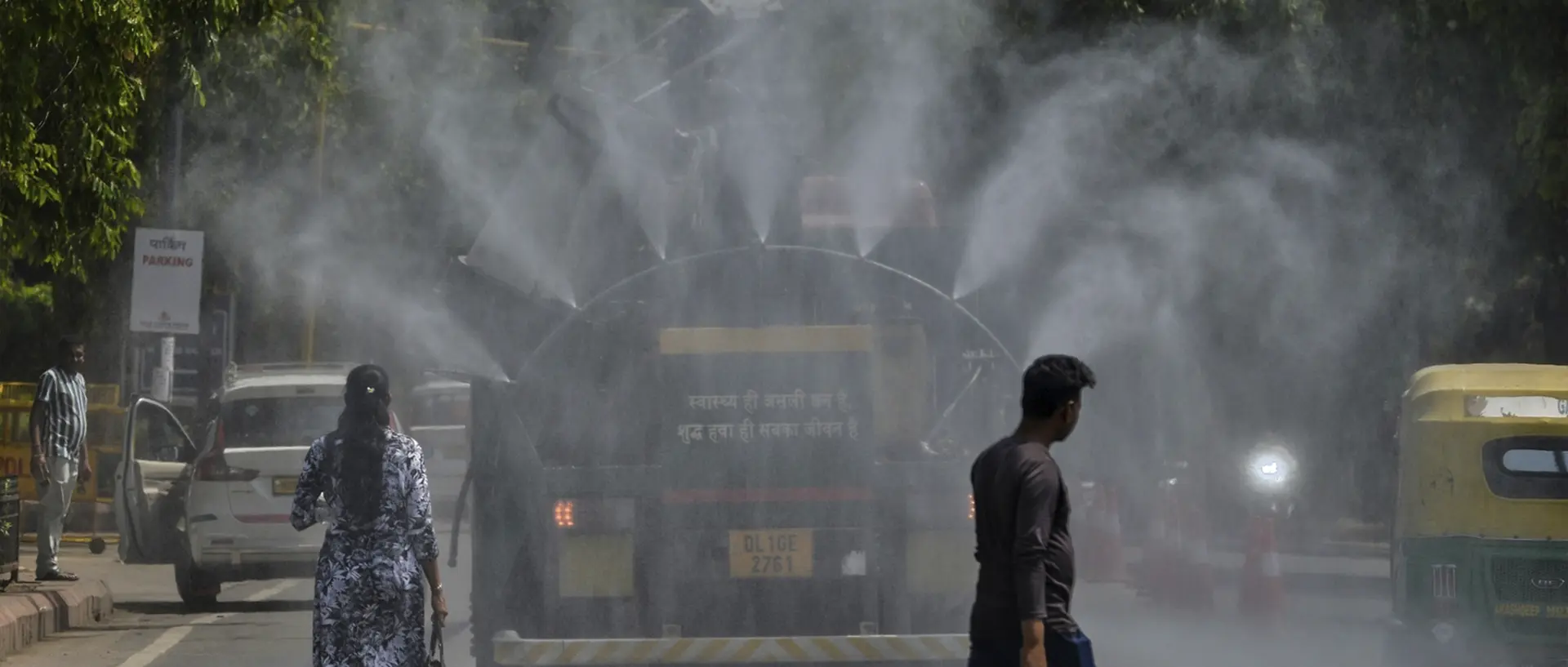The annual battle against toxic air has intensified across the National Capital Region (NCR). As of today, early November 2025, Delhi’s Air Quality Index (AQI) has slipped back into the “Very Poor” category, forcing authorities to escalate pollution control measures under the Graded Response Action Plan (GRAP).
A combination of post-festival firecracker residue, falling temperatures, low wind speed, and an increase in stubble burning in neighboring states is trapping pollutants close to the ground, creating a thick blanket of smog and haze over the city.
The Current Air Quality Status
Data from the Central Pollution Control Board (CPCB) shows the average AQI fluctuating significantly but remaining largely within the unhealthy range.
- Status: The overall AQI is generally hovering around the 301–400 range (“Very Poor”), with several hotspots like Alipur and Jahangirpuri recording readings exceeding 400 (“Severe”), indicating hazardous air quality.
- Key Culprits: The Air Quality Early Warning System (AQEWS) predicts that the contribution of stubble burning to Delhi’s PM2.5 levels is set to increase sharply over the coming days, compounding the existing baseline pollution from vehicular emissions and industrial activity.
- Health Advisory: Residents, especially the elderly, children, and those with respiratory issues, are advised to limit outdoor exposure, avoid early morning walks, and use N95 masks when venturing out.
Escalation of GRAP Measures
The Commission for Air Quality Management (CAQM) is enforcing Stage 2 and in some areas, Stage 3 measures of the Graded Response Action Plan (GRAP) to curb emissions.
- Vehicle Restrictions: Since November 1, the entry of non-Delhi-registered commercial goods vehicles compliant with BS-III or lower emission standards has been banned from entering the capital. Only BS-VI compliant vehicles or those running on CNG, LNG, or electricity are generally permitted entry.
- Enforcement Drives: Traffic Police have stepped up vigilance, with over 20,000 challans issued under GRAP-2 since its implementation in mid-October, primarily targeting vehicles without valid Pollution Under Control (PUC) certificates.
- Dust Control: Intensified efforts are underway to suppress dust, with water sprinkling operations, deployment of anti-smog guns, and mechanized sweeping across major roads and construction zones.
- Construction Curbs: Under higher GRAP stages, restrictions have been placed on non-essential construction and demolition activities across the NCR to minimize dust generation.
Despite these immediate measures, environmental experts emphasize that long-term, year-round strategies focusing on systemic changes in transport, industrial practices, and regional cooperation are necessary to break the cycle of the annual pollution crisis.
Discover more empowering stories and insightful content like this on GRISU TIMES, your go-to destination for inspiration and knowledge.
Follow GRISU TIMES on Instagram: https://www.instagram.com/grisutimes/

